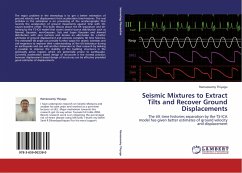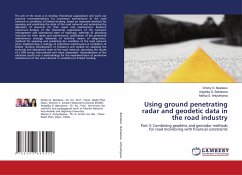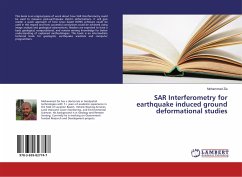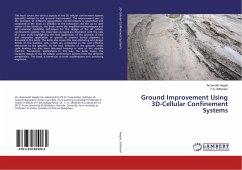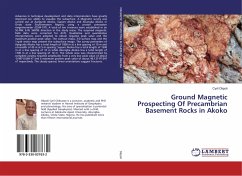The major problem in the seismology is to get a better estimation of ground velocity and displacement from acceleration time-histories. The real problem in the estimation is on processing of the accelerographs that records the acceleration of ground movements against time with tilt, causes baseline offset. This book discuss about the tilt separation and de-noising by the TS-ICA model that covers several source distribution such as Normal, Gaussian, non-Gaussian, Sub and Super Gaussian and skewed distribution with zero kurtosis and derives an alternative for a better estimates of ground displacement and removes complete tilt time histories. The estimated tilt angle can provide further scope for seismic scientists and civil engineers to improve their understanding of the tilt behaviour during an earthquake and can add another dimension to their research by making it possible to improve the stability of the building structures in the seismically active regions which are potentially prone to earthquake. Currently acceleration based design of structures is the normal practice; however displacement based design of structures can be effective provided good estimates of displacements.
Bitte wählen Sie Ihr Anliegen aus.
Rechnungen
Retourenschein anfordern
Bestellstatus
Storno

